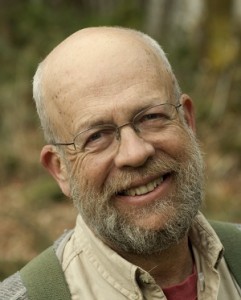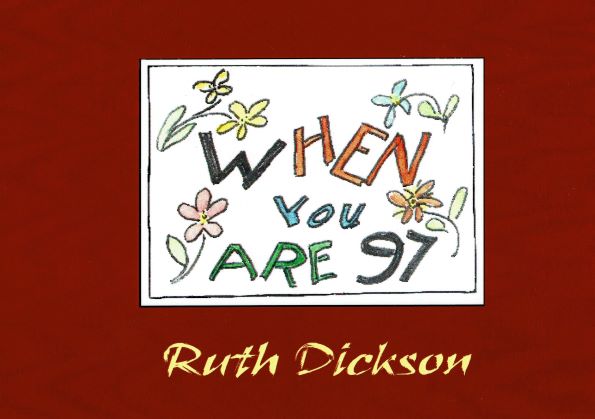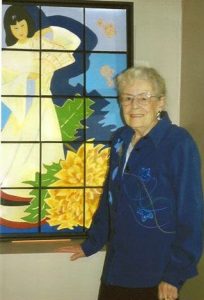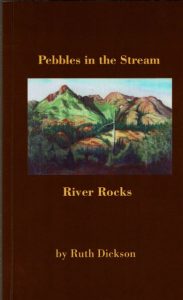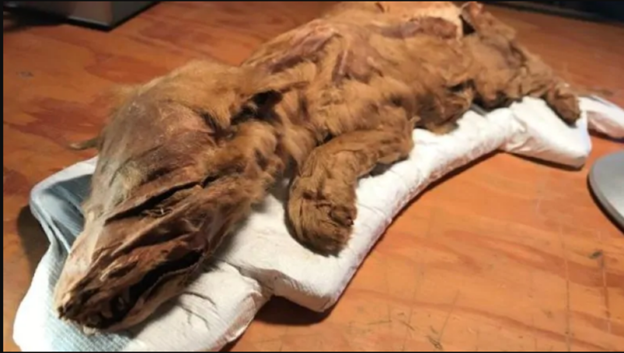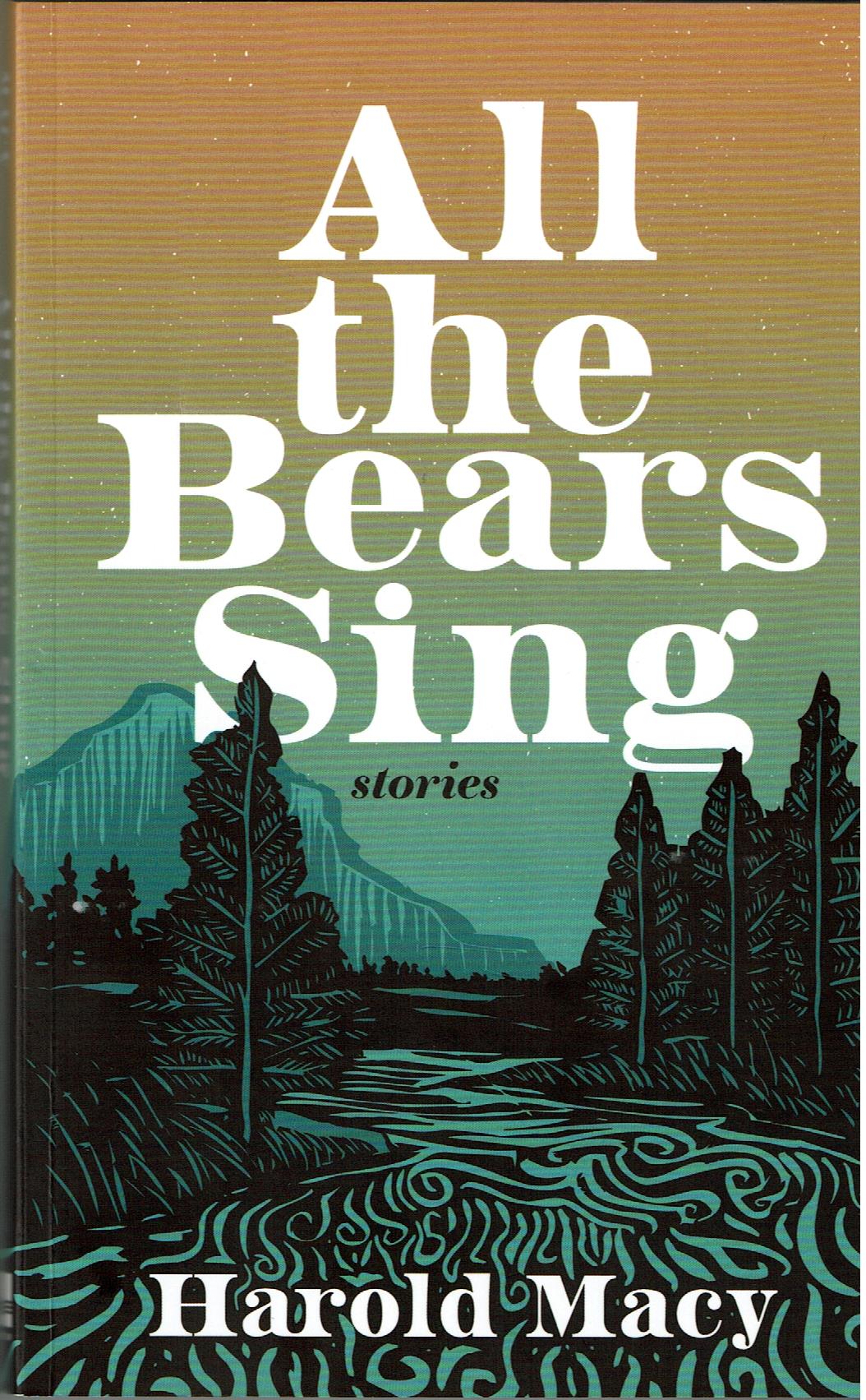
Harold Macy is an eloquent and gifted writer who captures the soul of a person, animal or the landscape in a sentence or two or even less.
His most recent book, a collection of short stories titled All the Bears Sing, is inhabited by a range of coastal characters ranging from gentle souls to those who find themselves standing on the outskirts of mainstream society either by choice or circumstance.
And, no matter which lens the author is looking through, each personality is explored from the inside out, becoming as real as your next-door neighbour.
I met Harold 36 years ago at a writing conference at Strathcona Park Lodge. We were wanna be writers thrilled to be sharing meals and conversation with real authors and even a publisher. I remember sitting on the floor of Harold’s cabin one afternoon reading pages from his manuscript while he pounded away on an old electric typewriter.
San Josef, the novel he was working on, remains close to my heart, both for the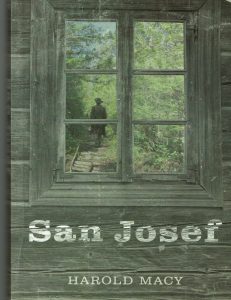 intrigue and insight into the story of Danes attempting to settle the northern tip of Vancouver Island, as well as the beginning of a friendship that has lasted decades.
intrigue and insight into the story of Danes attempting to settle the northern tip of Vancouver Island, as well as the beginning of a friendship that has lasted decades.
Like most writers, working and raising a family meant Harold juggled commitments with writing time. Now he balances the challenges of Parkinson’s with words on the page.
But writing has remained a steady companion. Over the years, a series of notebooks have resided in Harold’s pocket and on his bedside table ready to capture random thoughts. When words coalesce into a story, he turns them over to Judy, his wife and trusted first reader.
Harold’s award-winning short stories have appeared in Prism International, Malahat Review, Orion and other literary publications. His first book, The Four Storey Forest, As Grow the Trees, So Too the Heart, was published in 2011.
All the Bears Sing is the culmination of a lifetime of living and working in the woods on the BC coast, often with a big dog by his side. Harold is an astute observer of people, animals and the natural world. His words come from a deep place; his stories are evocative and thought-provoking.
